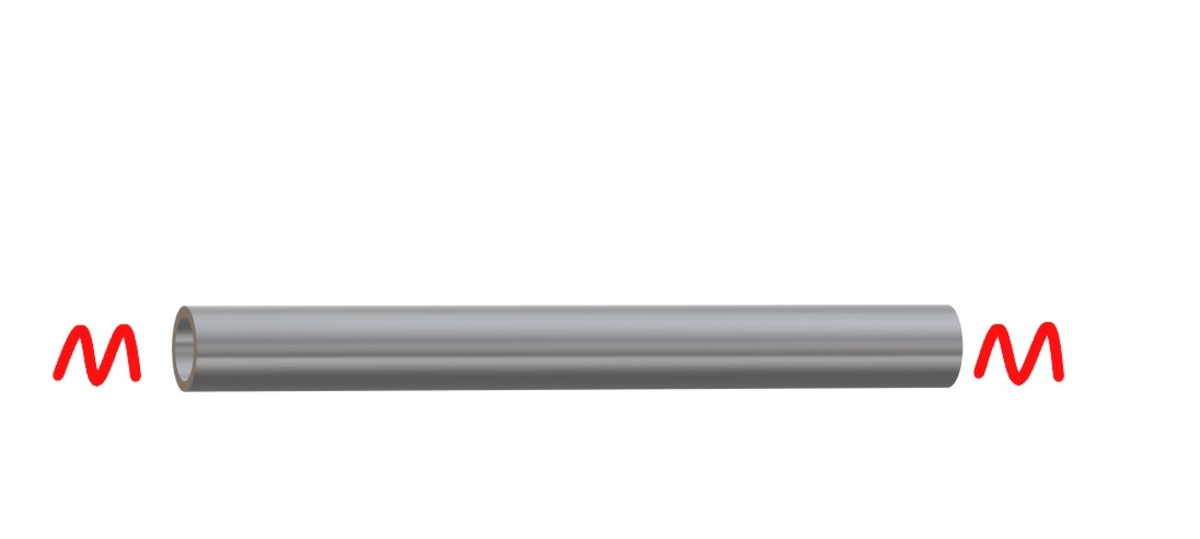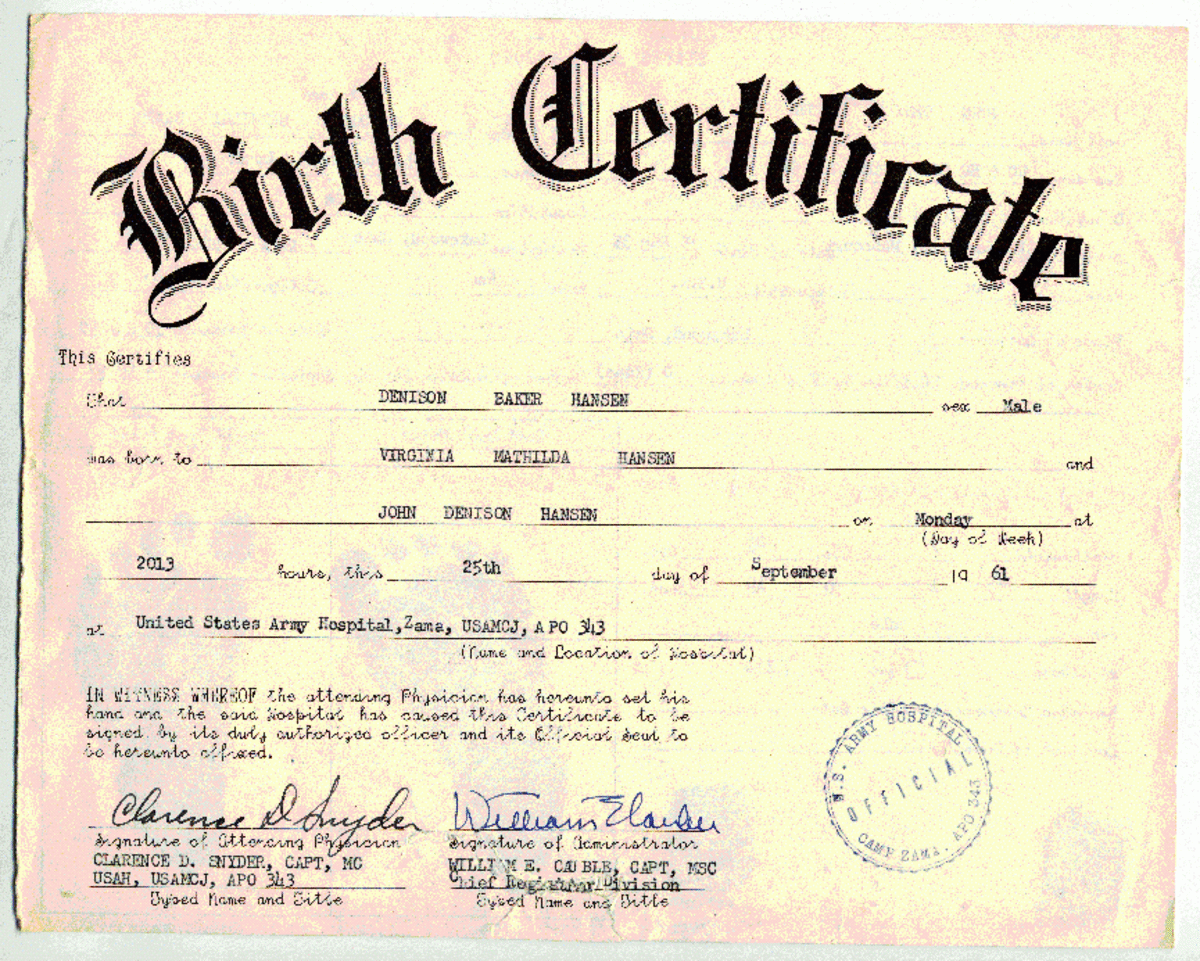The science of invisibility- fiction to reality


Invisible cloaks have been ubiquitous in science fiction right from Star Trek to Predator and now all the way to the feats of Harry Potter. When Harry dons his cloak, he can just disappear. Can such a feat be achieved in reality? Making use of the principles of light and electromagnetism, scientists have now brought forth workable ideas to replicate the wonders of dreamland as scientific realities.
Light moves in waves called electromagnetic radiation. Physical objects obstruct these waves and scatter them in many directions. It is this scattering of light which makes us see an object. To achieve invisibility, a way has to be found to prevent the scattering of light.
Refraction through a medium can magnify an object that is, it can make an object appear larger. Refraction or bending of light is the natural property of water, glass and crystals. With a negative refractive index you achieve just the opposite, the object becomes invisible. Negative refraction is not shown by natural materials. To achieve a negative refractive index, David Schurig of DukeUniversity in Durham, N.C., as well scientists at Berkeley, California are diverting all efforts in creating Metamaterials.
Metamaterials are constructed in such a way that when electromagnetic light waves are incident they bend back and forth and simply pass around the metamaterials. As a result, metamaterials disallow reflections and eliminate shadows. An object wrapped in a metamaterial, appears invisible because the metamaterial is invisible, in the absence of reflections and shadows. With the introduction of metamaterials, invisibility or camouflage cloaks will soon be veritable realities.
The Flying carpet from the Arabian nights is another object from the land of fantasy. The flying carpet never ceased to capture the rapt attention of every child in his bedtime stories. Today, the child of yesterday, embellished with his scientific knowledge is literally making waves!
An Indian Institute of Technology-Chennai (IIT) alumnus has come up with instructions on how to make a flying carpet. Lakshminarayanan Mahadevan, who is presently associated with HarvardUniversity in Cambridge, Massachusetts, says that his team's instructions on deducing a formulation for flying, carry absolutely no fantasy. Mahadevan along with his colleagues, studied the aerodynamics of a flexible, rippling sheet moving through air and concluded that making a carpet stay aloft in air may be possible. To stay afloat in air, a sheet measuring about 10 cm long and 0.1 mm thick would need to vibrate at about 10 hertz ( 10 times a second ) with an amplitude of about 0.25 mm. Presently, no such carpet can ferry people around. However, making a heavier carpet 'fly' is not forbidden by the laws of physics. Mahadevan clarifies that in order to make heavier carpets fly, the engine that powers the sheet and creates the necessary vibrations would have to be very powerful. The magic carpet gets its thrust from ripples that push and create a high pressure in the gap between the horizontal sheet and the floor. As waves propagate along this flexible sheet, they generate a fluid flow that leads to a pressure which lifts the sheet, roughly balancing its weight. Are we to relive the Arabian nights in the next decade? One can only wait and wonder!
Celestials majestically traveling across the skies in air borne chariots is one of the most endearing parts of all mythology. Today, we are very close to recreating mythology. The sky car is the latest attempt to build a real flying car. It is described as a cross between a Ferrari and an Oldsmobile. Its inventor is Paul Moller, of Davis, California. The car has four sets of rotary engines which tilt up, after which the car blasts off up in the sky. The skycar is designed to cruise at 300 mph, at an altitude of 20,000 feet. Travelling by a flying car is truly the magic carpet experience states Moller. It would initially be implemented for use for the military and police services but in 10-15 years a highway in the sky would not be unreal.
The Parajet sky car is billed to be the first legal biofuelled sky car. It is designed by self-taught engineer and inventor Giles Cardozo to fly at up to 70 miles an hour and drive at 120 miles per hour. The car becomes airborne when its powerful fan thrusts the car forward at increasing speeds. The wing provides enough lift to get the Skycar off the ground. The Parajet Skycar is steered with cables to change the wing's shape and is designed to survive engine failure by using the wing like a parachute, allowing the car to drift slowly toward the ground.
The M200G volantor is the latest in flying cars. It is an airborne two-passenger flying car, saucer-shaped vehicle and designed to take off and land vertically. It can fly at an estimated 10 feet above the ground and takes flight into the air with the help of its eight rota powered rotary engines.
We aren’t too far away from mimicking the Gods, well, at least in transportation!







